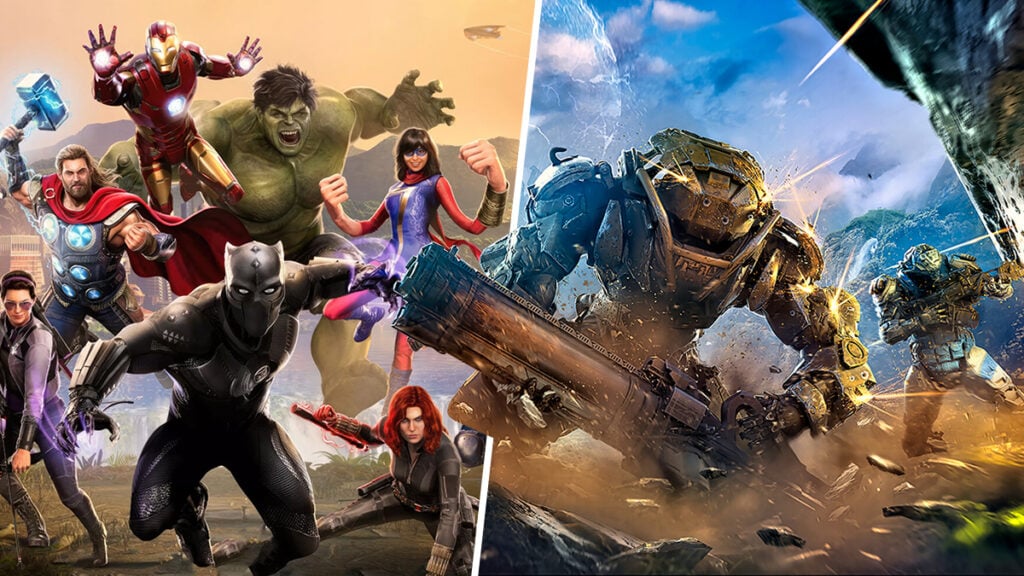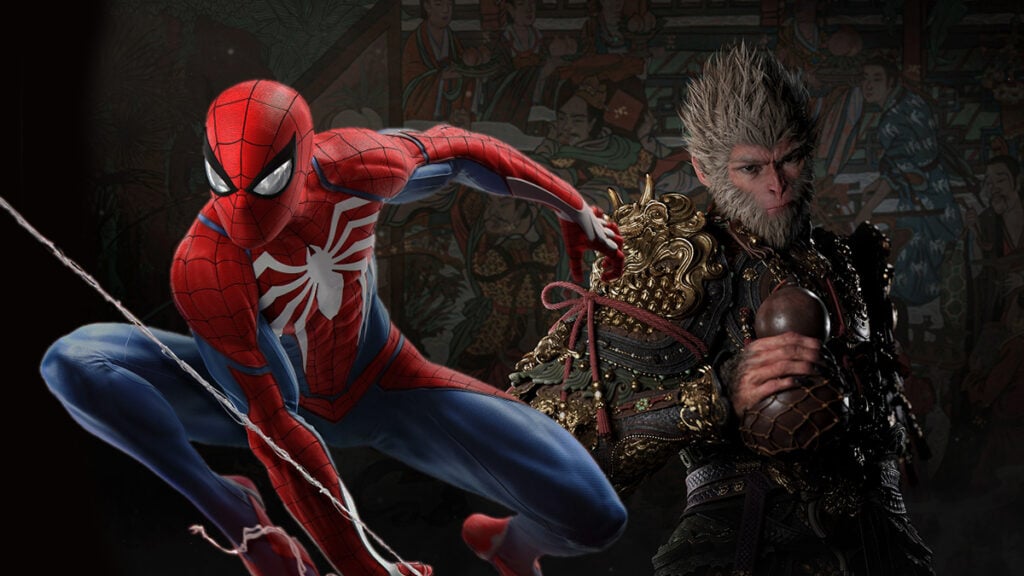Live service and game-as-a-service focusing on online-only, multiplayer experience have been the buzz in the last few years. Especially considering the massive success of Fortnite, Roblox, League of Legends, and Genshin Impact, GTA Online, among other hits. It’s no surprise that a lot of game makers are now chasing this golden goose. But, despite the growing emphasis on live-service releases from various developers including PlayStation, research shows that most gamers still prefer single-player games.
MIDiA’s latest gaming report revealed that 53% of gamers surveyed said that single-player games remain their ‘favorite way to play.’
“Thanks to the oversaturated attention economy, only so many consumer hours are available,” wrote MIDiA analyst Rhys Elliott. “And live-service games suck up so much attention and engagement. With every new live-service hit that does manage to carve a spot for itself, there is less space available for new entrants to cast their net.”
It’s fair to say that live service games can be much, much more profitable than solo games in the long run. Aniplex’s anime game Fate/Grand Order raked in $7 billion globally as of 2023 and was considered one of the highest-grossing mobile games ever. In 2022, Fortnite generated an estimated $20 billion. However, their success all comes down to luck– and an extremely high maintenance cost.

Elliott points out that Genshin Impact was made with an already huge budget of $100 million in 2020. But miHoYo also needs to keep spending $200 million every single year to update the game.
Many household name developers have also poured countless money trying to break into the market with disastrous results. SEGA recently canceled Hyenas, while PlayStation scrapped The Last of Us Online and axed Concord after failing to gain traction. There are also Square Enix’s Marvel’s Avengers, EA’s Anthem, Redfall from Microsoft, and the ill-fated Babylon’s Fall from Platinum Games. “The list goes on,” wrote Elliott.
The report then continues, “For many AAA publishers making new games, it might be time to course-correct from the red live-service ocean to the bluer single-player one – or at least shift some more resources to solo experiences.”
This research’s sentiment is backed by the fact that new single-player games have continued to ‘smash records’ and generate millions of sales. Zelda, Spider-Man, and recent newcomer Black Myth: Wukong‘s achievements prove that solo experience is still in high demand.
MIDiA’s report also suggests that single-player game developers should take advantage of live service’s ‘quieter periods’ such as the latter part of seasons.

This way, players who have completed most of the content or ones in their mid-20s busy with real-life issues can take a break from them. Away from FOMO (fear-of-missing-out) updates and not struggling to coordinate sessions with groups who might’ve their own play schedules. Notably for younger players glued to specific PvP games, convincing them to move from one live service to another can be a ‘huge barrier’ too.
“The one-and-done nature of single-player gels better with the saturated attention economy,” the report emphasizes. Ultimately, these games often require less ongoing maintenance compared to live service games, making them a safer bet in the overcrowded market– and players’ wallets. With strong demand and less risk involved for both developers and gamers, single-player games may once again take center stage in the industry’s future.






